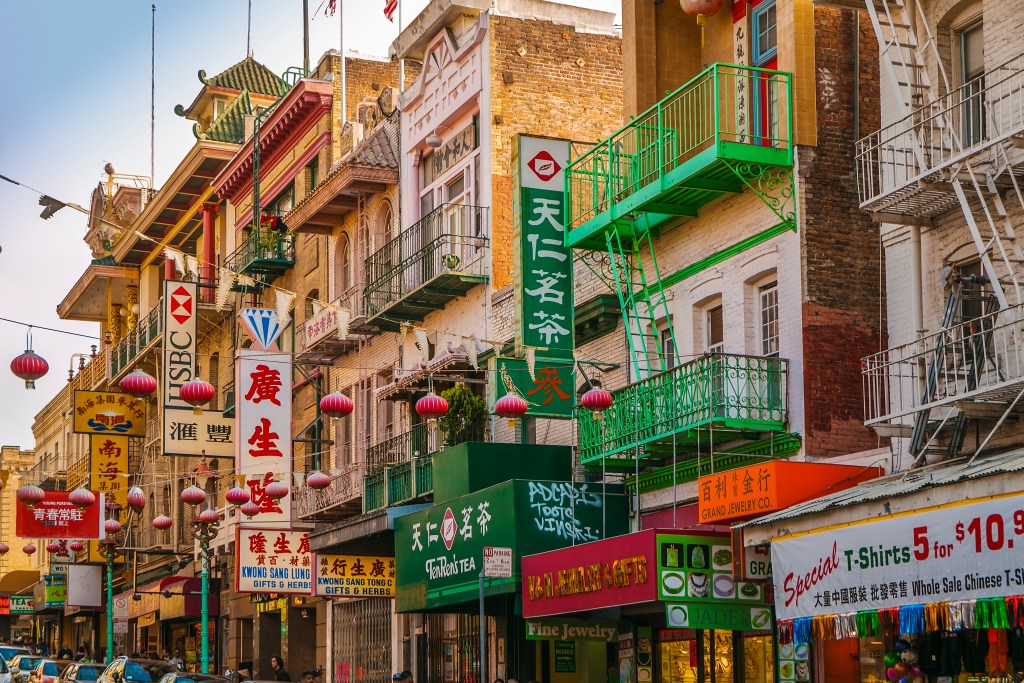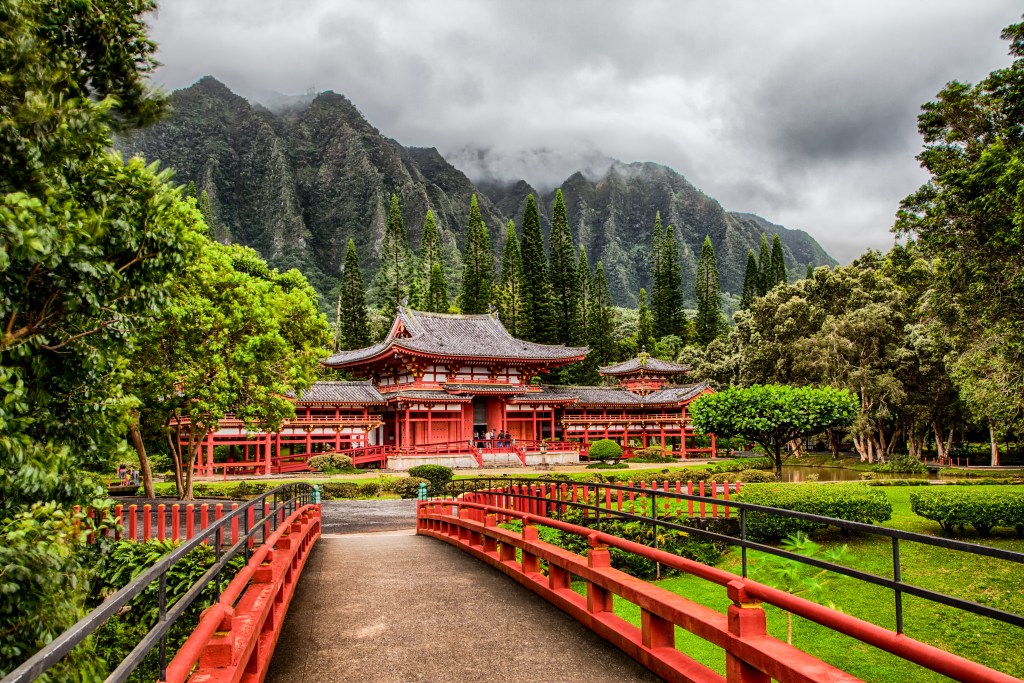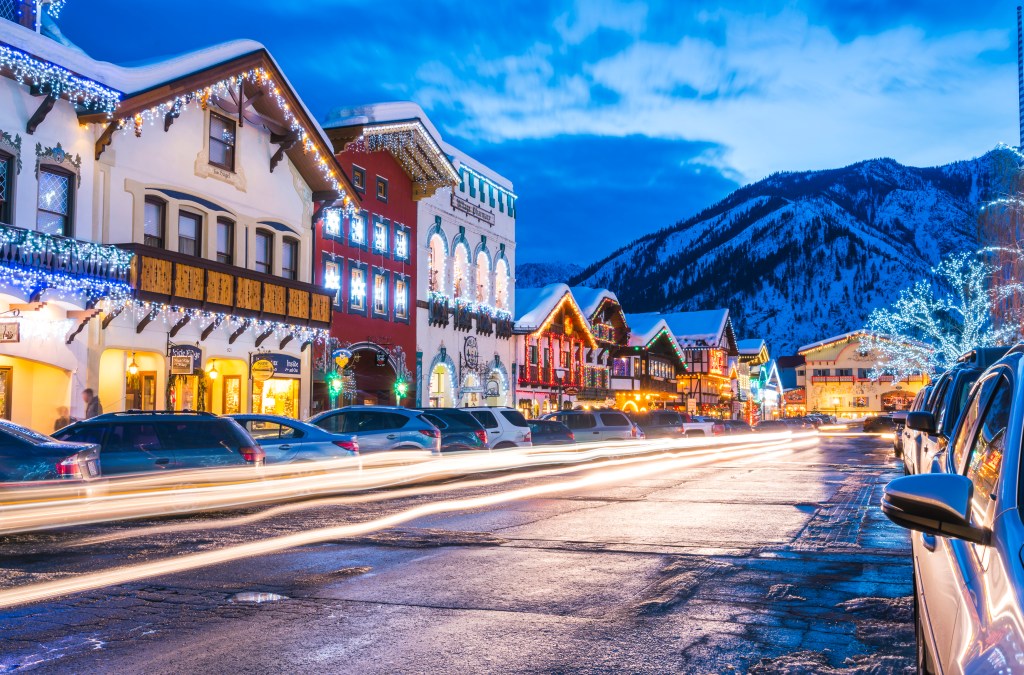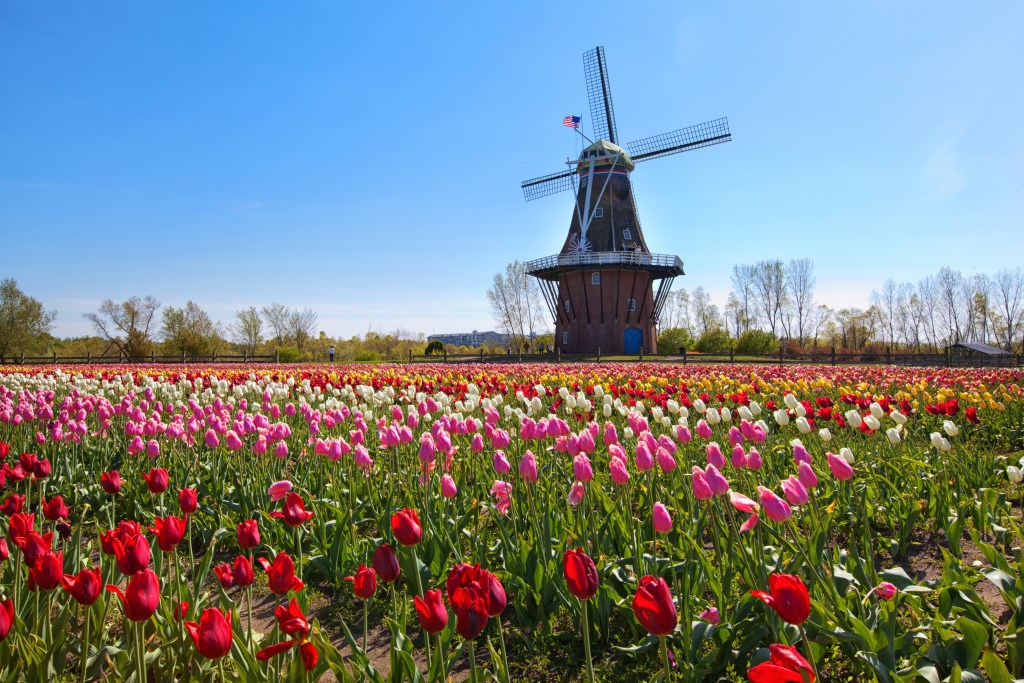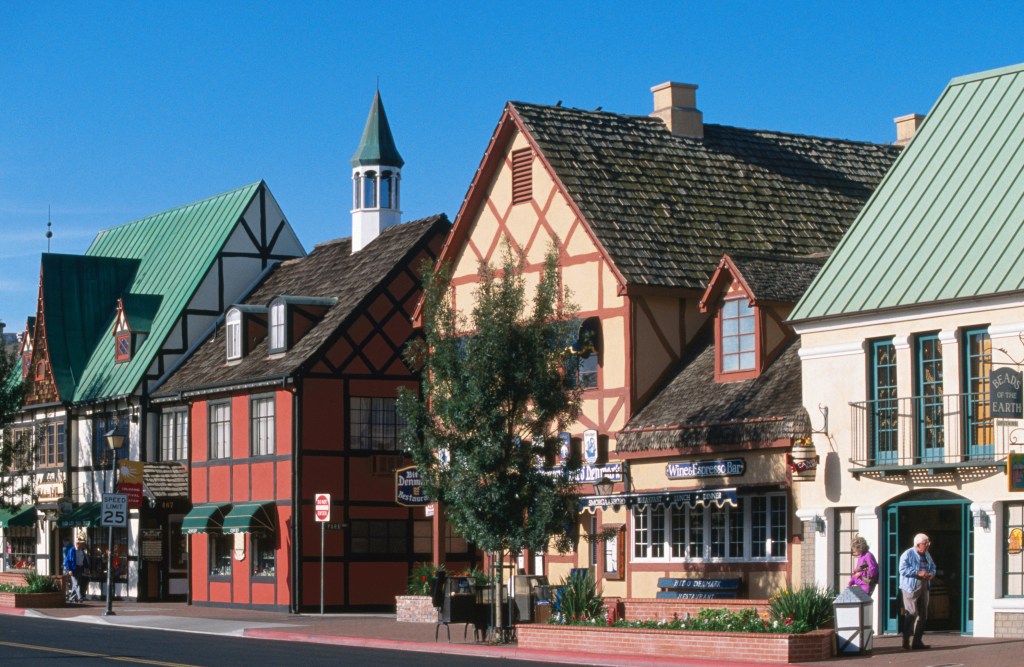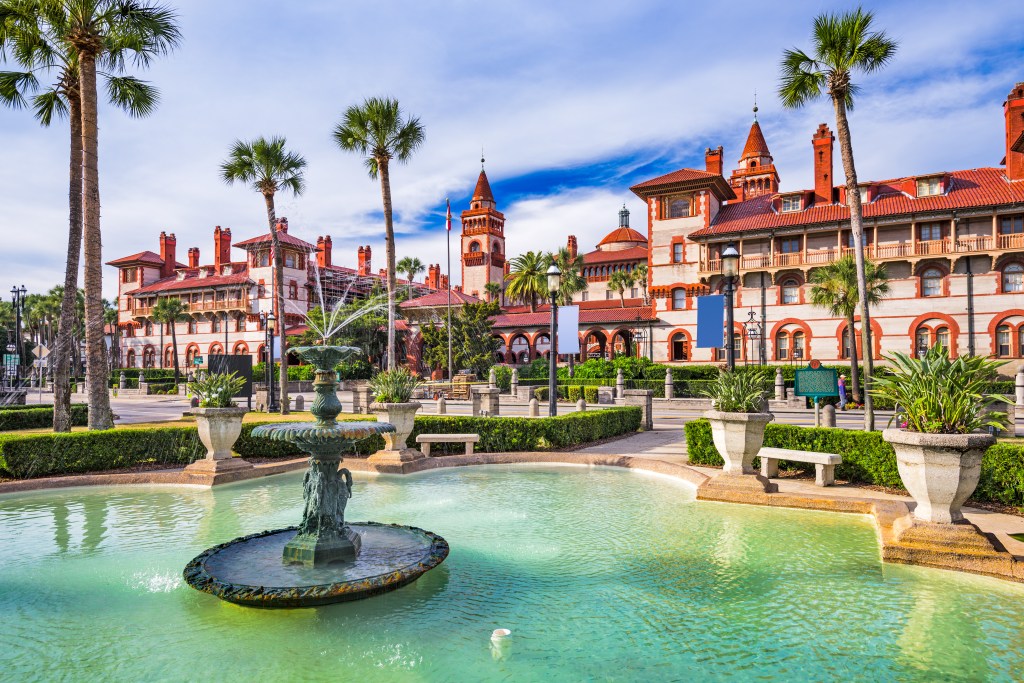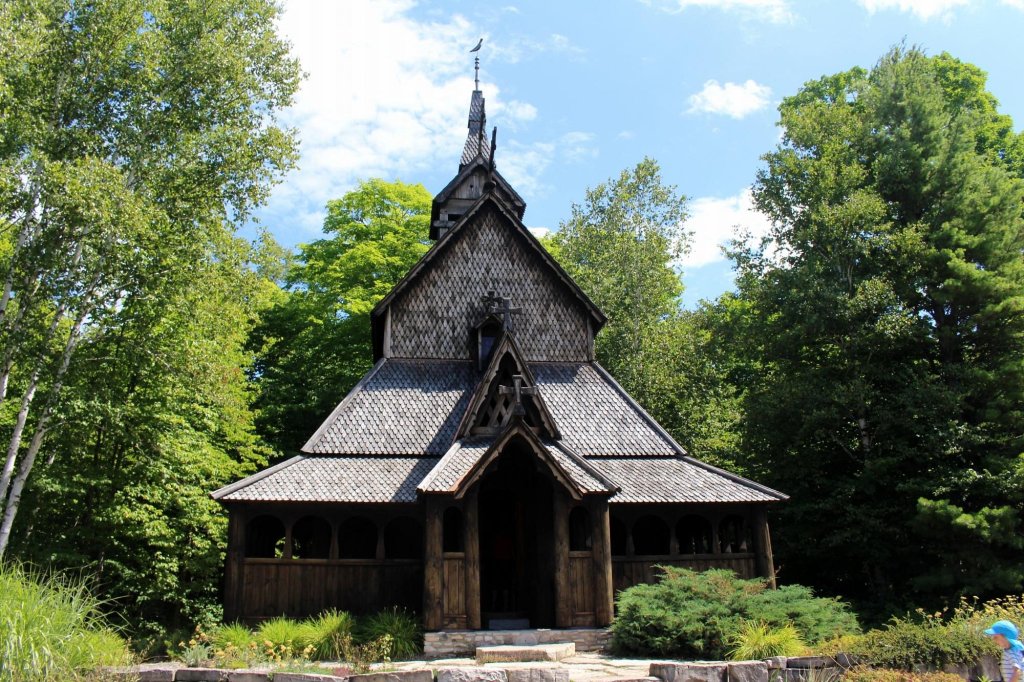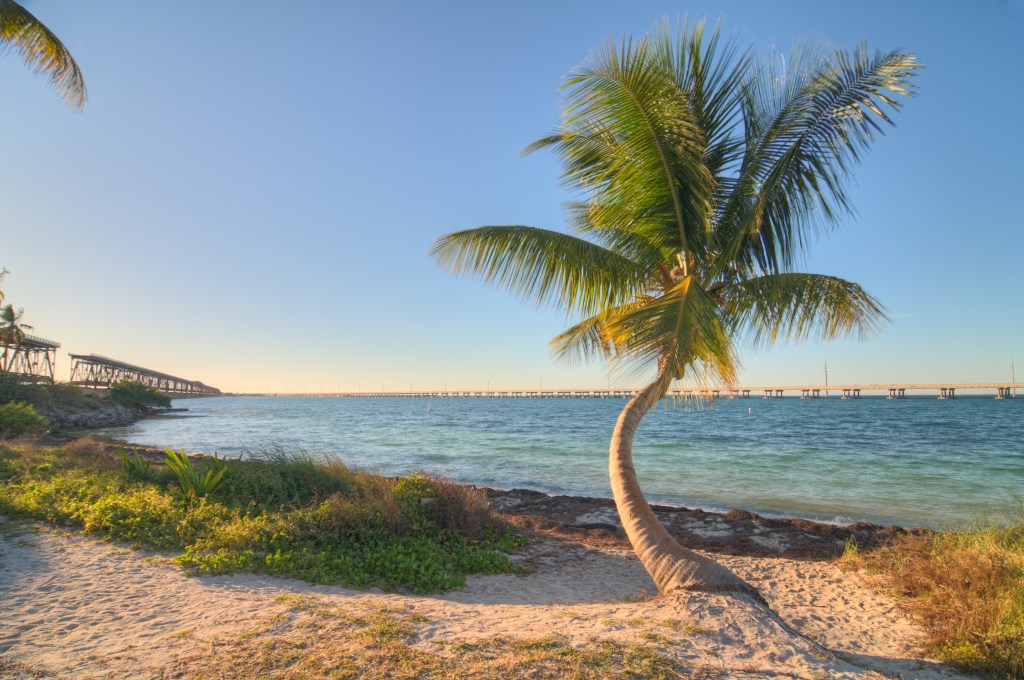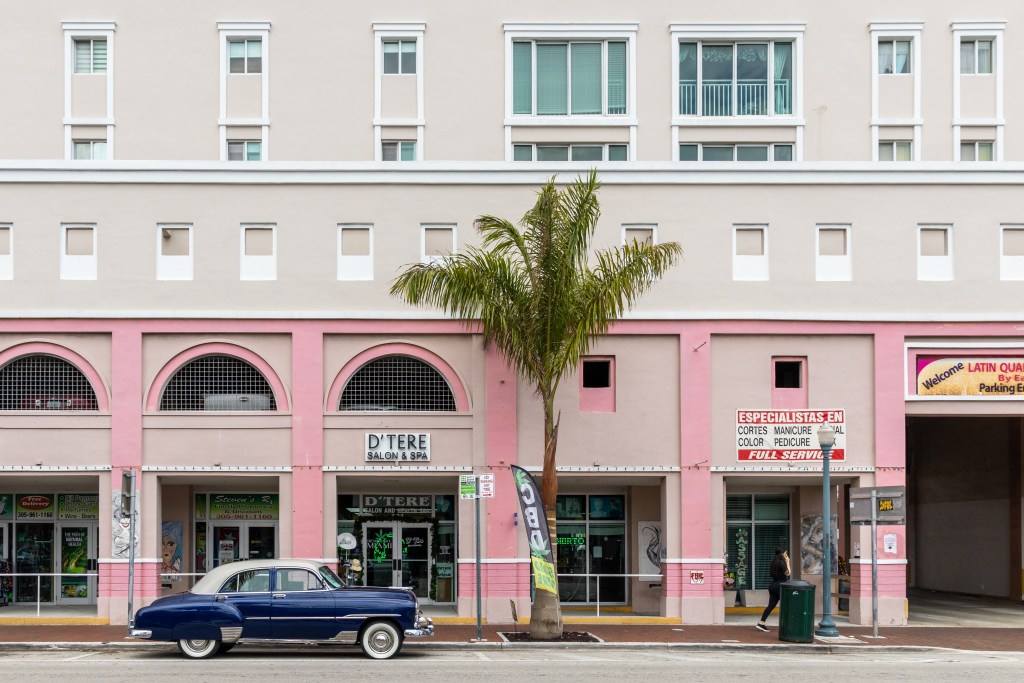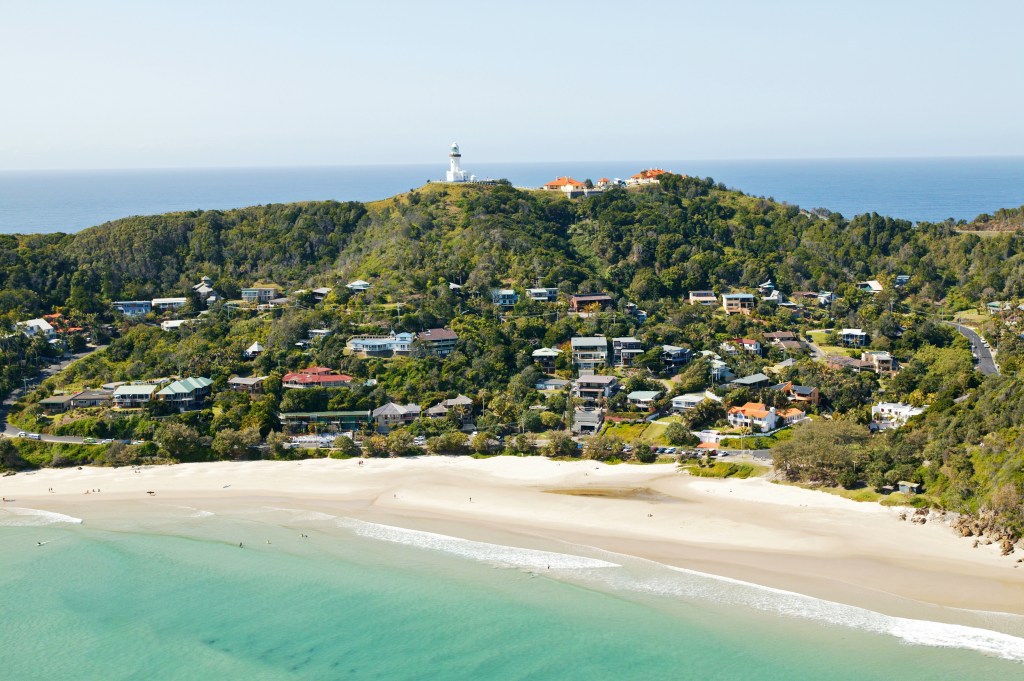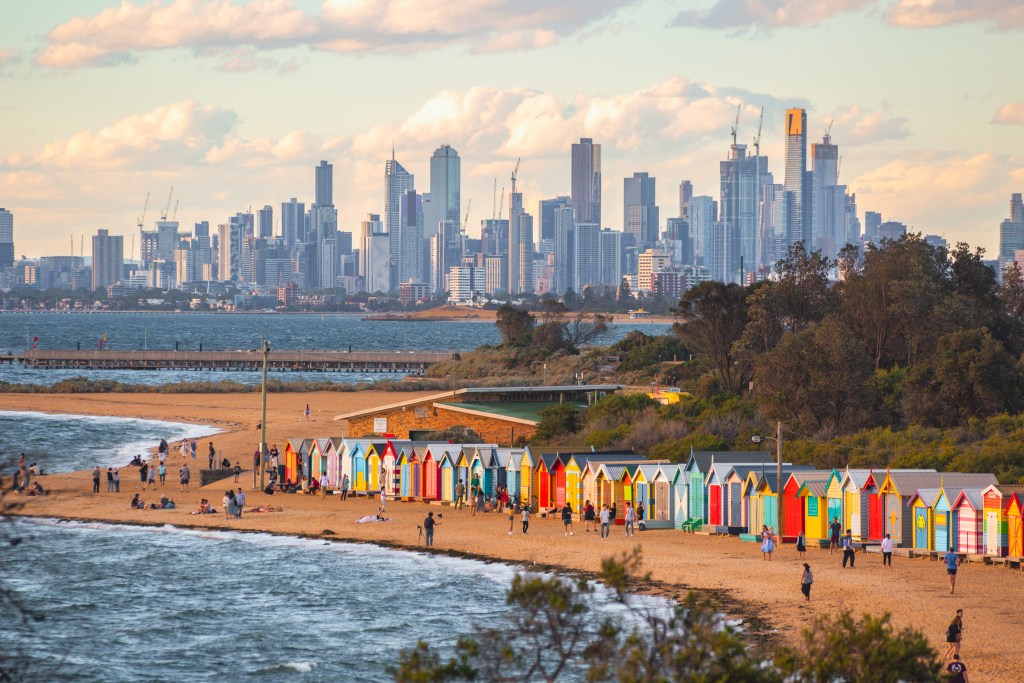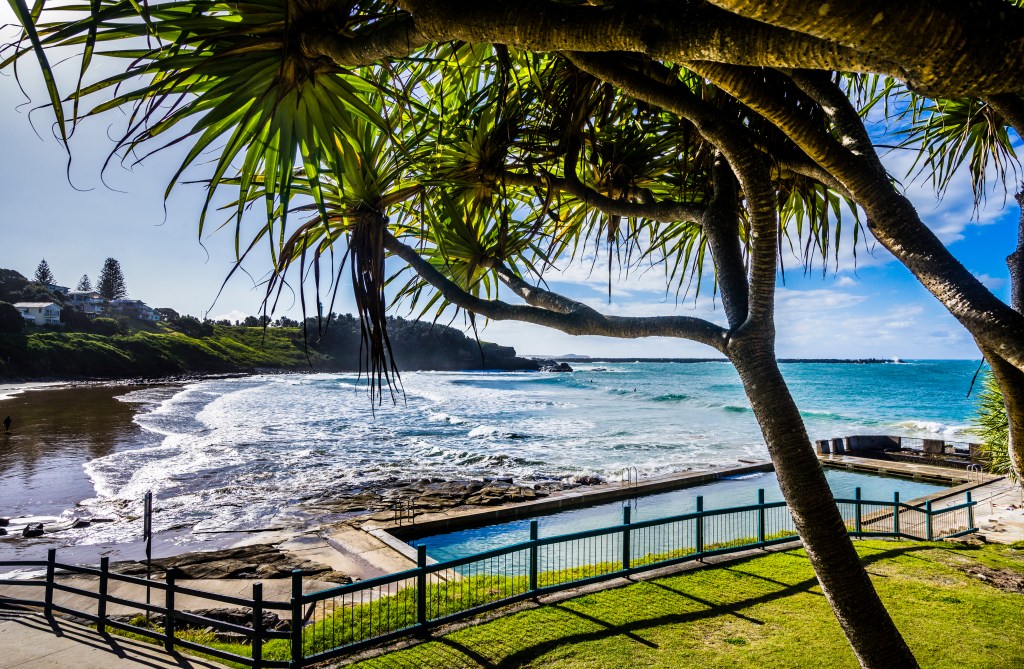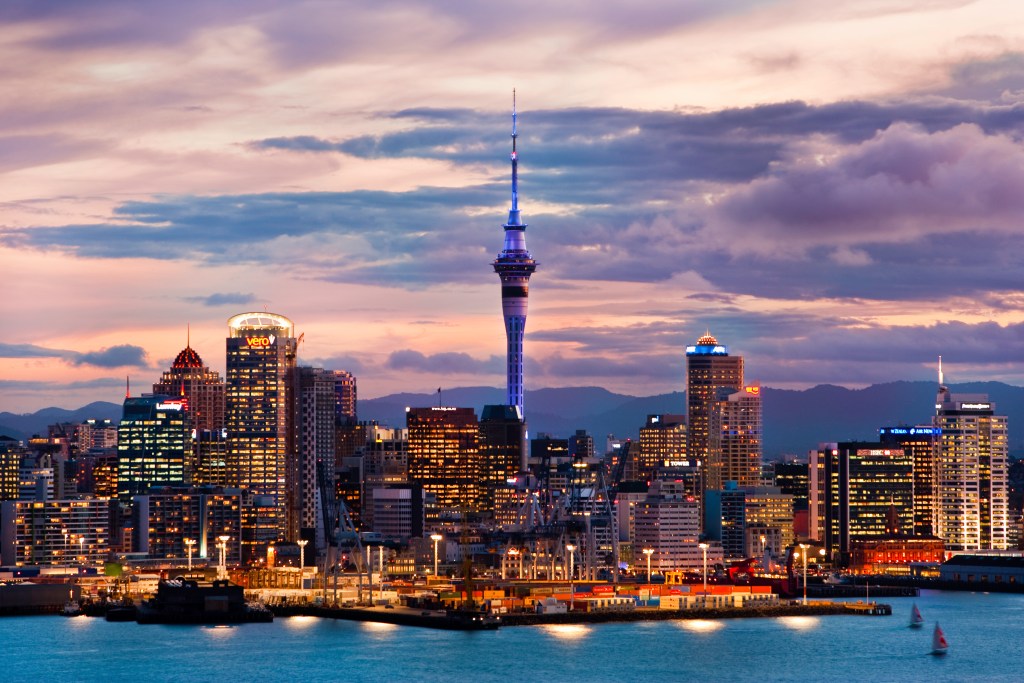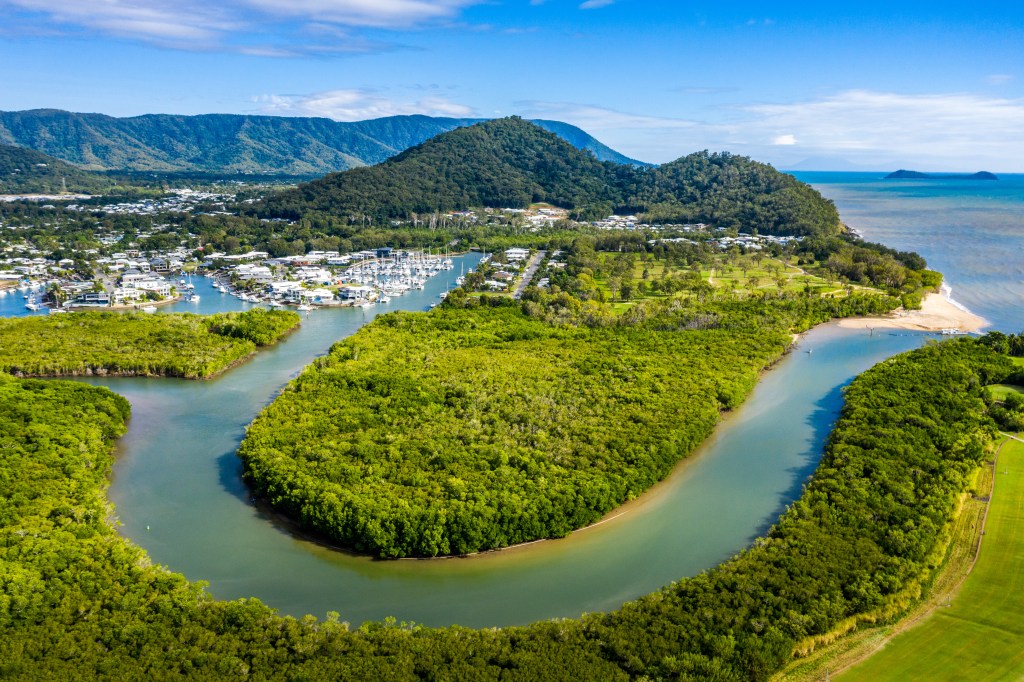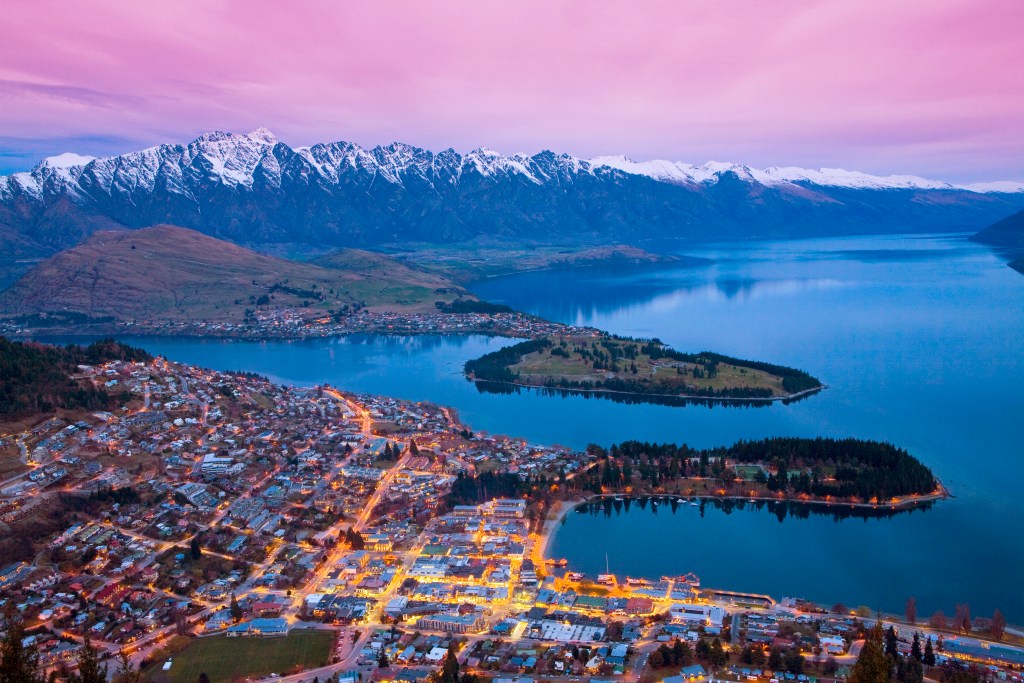Etiquette is based on layers and layers of unwritten rules. From regional tendencies to larger social structures, it’s a complex topic.
As a former student of culture, I learned that most etiquette comes from historical context, religious and folk beliefs, environmental factors, and beyond. Some customs change quickly, while others are focal to a culture’s identity.
One of my favorite places to study culture was in Southeast Asia, where cultural cues and norms are influenced strongly by the region’s distinct Hindu, Buddhist, and Muslim histories. Thailand, for example, is Buddhist; Malaysia is largely Muslim; and Indonesia’s Bali is a Hindu enclave.
Folk religion is also prevalent, which is tied to certain locations, family lines, and other hyper-specific realities. Toss in other factors like the presence of filial piety and gender norms, and you can start to see how studying something as simple as ‘etiquette’ becomes a quagmire of sidebars.
I personally love the messiness of these topics—but I remember how disorienting it was to travel to Cambodia, Thailand, Vietnam, and Bali for the first time.
Customs are different in each destination; and even in each town and city. That being said, there are a few overarching rules you might want to keep in mind. Even if you don’t nail every interaction, these tips will serve you well throughout the region and show locals that you’re, at least, trying.
Ready for your crash course in Southeast Asian etiquette? Here’s a short introduction with the most important tips.
7 etiquette tips in Southeast Asia
Dress modestly anytime you’re going to a religious site or an important meeting
This rule of etiquette is pretty standard throughout the world, but cover your shoulders and down to your knees if you’re planning to enter an ashram, temple, or another holy site.
Even if you’re just visiting a more conservative or professional part of town for a more formal meeting, consider covering up.
Don’t touch anyone’s head—and don’t point your feet at people
In Buddhist and Hindu cultures, the head is considered the most sacred part of the body. The feet are considered the dirtiest.
For this reason, avoid touching the top of anyone’s head—even children. By contrast, avoid pointing your feet at others. It’s common to sit on the floor in Southeast Asia, which was usually when I accidentally pointed my feet at people.
Keep your cool in public
To put it bluntly, it’s a very embarrassing lapse to lose your cool and raise your voice in public in Southeast Asia. That’s doubly true if you raise your voice to a child.
Children are held in very high regard; someone who raises their voice to a child is then seen as being more infantile. In Southeast Asia, public harmony and displays of respect are the cultural norm.
Losing your temper is the same as losing face.
Be subtle when giving and receiving—and say no the first time
And speaking of losing face—you might be wondering what it means. To put it as simply as possible, saving face is guaranteeing the dignity of yourself, especially when in a public setting.
This was a tough concept for me to wrap my head around; though humility is big in St. Louis where I grew up, the concepts are different in practice.
One way that you’ll save face in Southeast Asia is by very subtly giving and receiving gifts. Even when paying the bill in a restaurant, do so quietly. If a friend is offering you a gift, say no the first time. If they insist, accept with both hands and bow your head.
Accept items with both hands
Accepting an item with both hands is a sign of respect. It’s expected when receiving gifts, in particular, but you might want to make it part of your daily habits as you travel around the region.
Whether accepting money, food, or even business cards, using both hands signals that you’re grateful. It’s especially important when there’s an age difference; elders are held in very high regard, so they should be shown deferential treatment.
Watch out for your left hand
If you’ve read my work on squatty toilets, then you might remember that the left hand is considered unclean in many cultures around the world—from Southeast Asia to India to the Middle East.
That’s because the left hand is always used for cleaning up after using a squatty when there’s no toilet paper. Even in areas that are fully on the TP-train, this custom holds strong. If you’re offering or accepting something, use your right hand.
Slight bows are favored over handshakes
This last one isn’t necessarily a breech in etiquette—everyone will shake your hand if you offer it in greeting. But it’s worth mentioning here that many people in Southeast Asia greet one another with their hands pressed together and a slight bow of the head (Thailand, Cambodia, and Laos).
It’s a sign of greeting, farewell, and apology, and is associated with respect. In Malaysia and Indonesia, you can set your hand on your heart. In Vietnam, a simple nod will work.
